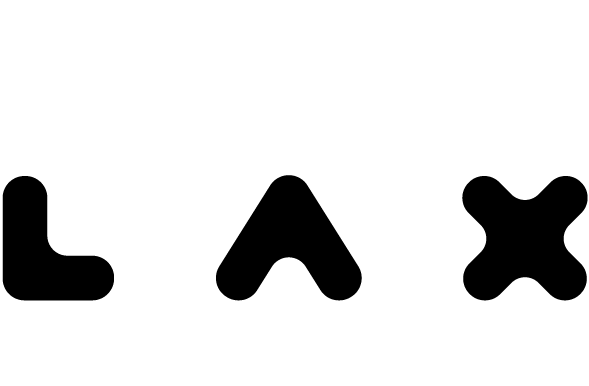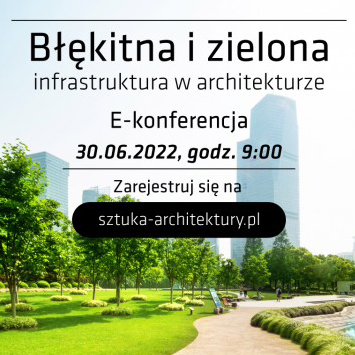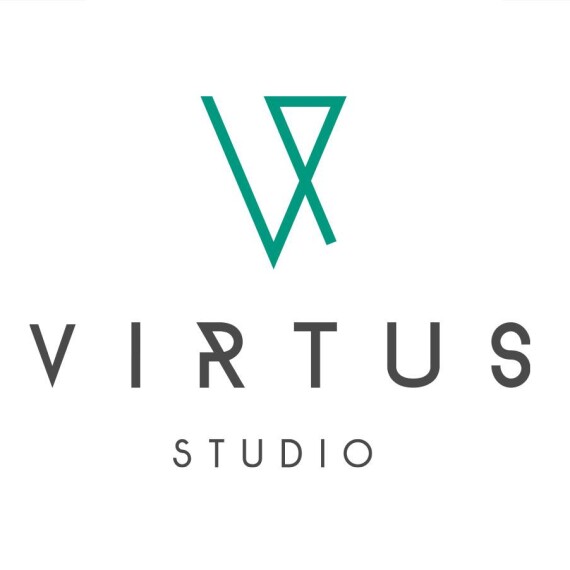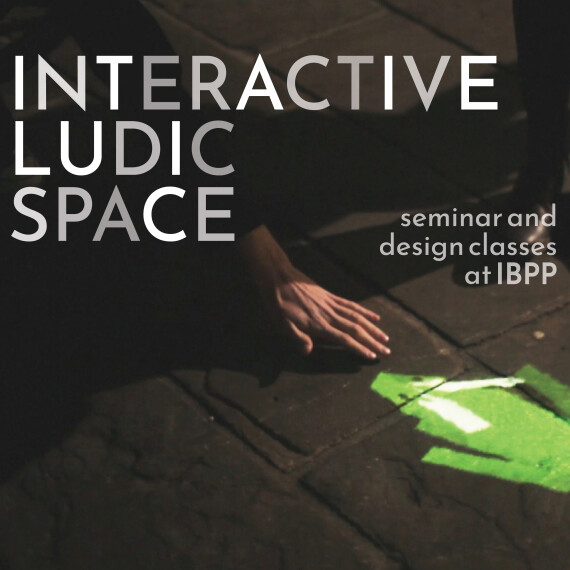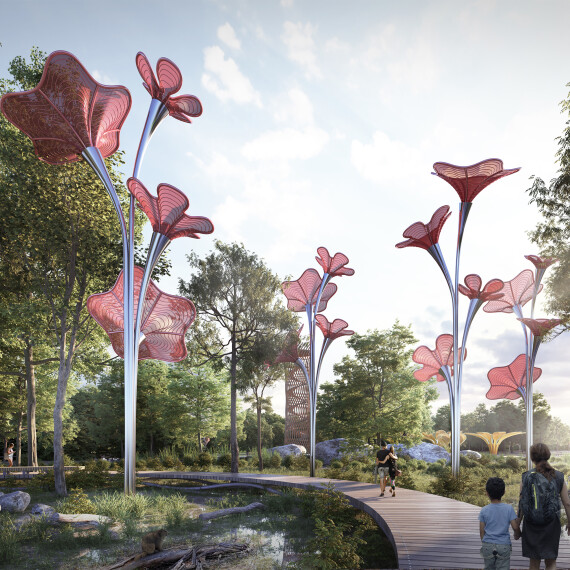ELASTICITY
Experimental project of interactive membrane structure for architectural parties in urban tissue
Projekt eksperymentalny interaktywnej struktury stanowiącej membranę dla przegród architektonicznych w tkance miejskiej
IDEA
“Elasticity” is an experimental interactive structure constituting a membrane for architectural partitions in urban tissue, which movements are based on non-verbal communication as a language of interaction between the recipient and architecture. The study was conducted to understand how to design an architecture that consists of mobile, mobile and variable elements that inform the recipient about its purpose through movement and appropriate spatial configurations.
INTERACTIONS
The basic interaction code was built using a Kinect Xbox device that allows to program human-machine interaction. The main assumptions of the operation of the interactive structure relate to human movements in non-verbal communication: gestures, head movements, body movements, posture, facial expression, viewing direction, distance, position in space, body contact, orientation (Michael Argyle). From the above methods of non-verbal communication, the 5 types was selected as the main activators of interaction: body movements, posture, distance, position in space and orientation. In this way, interaction scenarios were designed that consist of five types of states in which the interactive structure receives the human motion signal. As part of the research, various scenarios of structure behavior were carried out, programming its movements like the five types of messages used in non-verbal communication.
IDEA
“Elasticity” to eksperymentalna struktura interaktywna stanowiąca membranę dla przegród architektonicznych w tkance miejskiej, której ruchy oparte są na niewerbalnej komunikacji jako języka interakcji między odbiorcą a architekturą. Badanie przeprowadzono w celu zrozumienia jak projektować architekturę, która złożona jest z ruchomych, mobilnych i zmiennych elementów, które poprzez ruch oraz odpowiednie konfiguracje przestrzenne informuje odbiorcę o swoim przeznaczeniu.
INTERAKCJE
Podstawowy kod interakcji zbudowano przy użyciu urządzenia Kinect Xbox który pozwala na zaprogramowanie interakcji człowieka z maszyną. Główne założenia działania interaktywnej struktury odnoszą się do ruchów człowieka w komunikacji niewerbalnej: gesty, ruchy głową, ruchy ciałem, postura, ekspresja twarzy, kierunek patrzenia, odległość, pozycja w przestrzeni, kontakt cielesny, orientacja (Michael Argyle). Z powyższych sposobów komunikacji niewerbalnej wyselekcjonowane 5 głównych na których oparto sposób działania struktury, a mianowicie: ruchy ciałem, postura, odległość, pozycja w przestrzeni oraz orientacja. W ten sposób zaprojektowano scenariusze interakcji, które składają się z pięciu typów stanów w których interaktywna struktura odbiera sygnał ruchów człowieka. W ramach badań przeprowadzono różne scenariusze zachowań struktury, programując jej ruchy na wzór pięciu typów komunikatów używanych w komunikacji niewerbalnej.
INTERACTION STUDIES
STUDIUM INTERAKCJI

IDEA

INTERACTIVE ARCHITECTURE
ARCHITEKTURA INTERAKTYWNA

CASE STUDIES
STUDIUM PRZYPADKU
type: interactive architecture
status: research
university: UCL The Bartlett School of Architecture
year: 2016
location: London [UK]
